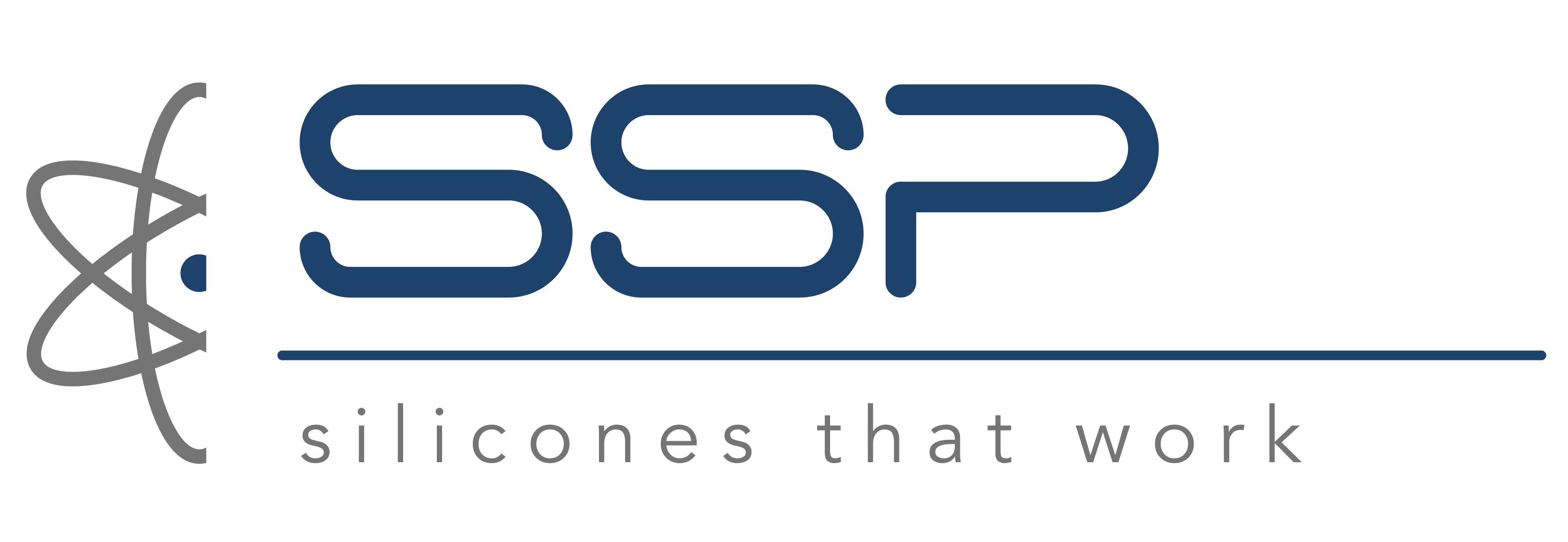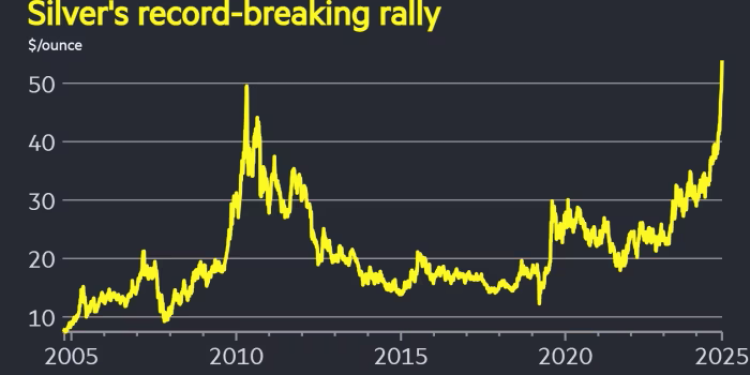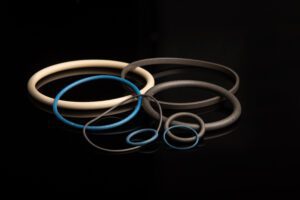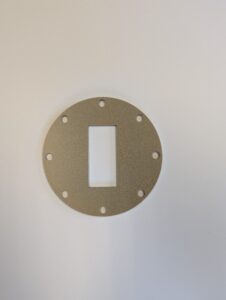Silver Prices and EMI Shielding Costs: What You Need to Know
Last week, the price of silver hit a record high of $54.47 USD per troy ounce. That’s good news if you’re a silver investor but concerning if you buy silver-filled elastomers for EMI gaskets or EMI O-rings. If current trends continue, the high price of silver will (and already has caused) the price of silver-plated fillers to rise. In turn, this has increased the price of silver-aluminum, silver-copper, and silver-nickel elastomers that meet the requirements of the U.S. military’s MIL-DTL-83528 specification.
Specialty Silicone Products (SSP) makes EMI silicones and fluorosilicones that contain silver-plated particles. These materials are part of the M83528 Qualified Product List (QPL) from the U.S. Defense Logistics Agency (DLA), which is part of the U.S. Department of Defense (DoD). Yet not all EMI products require materials with pure silver or silver-plated fills. MIL-DTL-83528 does not include nickel-graphite elastomers, but these materials provide dependable EMI shielding.
Silver-Plated Fillers and Shielding Effectiveness
SSP makes EMI elastomers with silver-plated fills that meet MIL-DTL-8328 Type A, B, C, D, and K requirements. Depending on the lettered section, MIL-DTL-83528 specifies a shielding effectiveness of 90 dB to 100 dB from 20 MHZ to 10 GHz in the E-field. In EMI shielding, the E-field is the electric field component of an electromagnetic wave. High voltage, low current sources generate fields where the electric component is dominant.
Within the MIL-DTL-83528 specification, Type D (silver-aluminum) specifies 90 dB, Type B (silver-aluminum) specifies 100 dB, and Types A, C, and K (silver copper) specify 110 dB. The base elastomer, silicone or fluorosilicone, does not determine shielding effectiveness because rubber is a natural insulator. In other words, it’s the metal-plated particles – and not the base elastomer – that imparts electrical conductivity and, in turn, affects EMI shielding.
Nickel-Graphite Fillers and Shielding Effectiveness
SSP’s also makes nickel-graphite silicones and fluorosilicones. Their shielding levels have been independently tested and are listed in the table below. Nickel-graphite elastomers cannot match the shielding effectiveness of silver-plated materials at the Gigahertz (GHz) level, but SSP’s nickel-graphite materials exceed MIL-DTL-83528 Type A, B, C, D, and K shielding effectiveness requirements at 20 MHz and up to 100 MHz or 200 MHz.
|
Material |
Minimum |
Best Case |
|
SSP502-40 |
115 @ 20 MHz |
142 @ 100 MHz |
|
SSP502-40-V0 |
115 @ 20 MHz |
144 @ 200 MHz |
|
SSP502-60-V0 |
117 @ 20 MHz |
146 @ 200 MHz |
|
SSP502-65 |
113 @ 20 MHz |
141 @ 200 MHz |
Silver-Plated vs. Nickel-Graphite Fillers for EMI Shielding Silicones
EMI silicones and fluorosilicones with silver-plated fills have higher levels of electrical conductivity; however, they’re also more expensive. Silver prices have fallen after last week’s historic rise, but there are still supply constraints that are putting upward pressure on prices. Meanwhile, industrial demand for this precious metal is strong because silver is needed for solar panels, artificial intelligence (AI), and electric vehicles (EVs).
Do you specify silver-filled elastomers for EMI gaskets? SSP makes silver-plated materials that cost less than pure silver fills, and we also offer cost-effective nickel-graphite materials. Nickel-graphite provides proven levels of EMI shielding and is suitable for applications that do not require MIL-DTL-83528 materials. Two of our nickel-graphite materials, SSP502-40-V0 and SSP502-60-V0, also provide UL 94V0 flame resistance. Applications include telecommunications equipment and wireless infrastructure.
Ready to learn more? Contact SSP for ready-to-fabricate materials and ready-to-install products.





